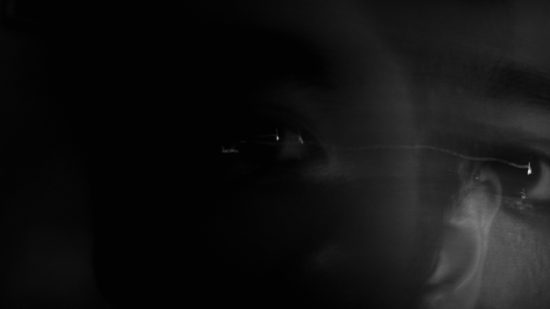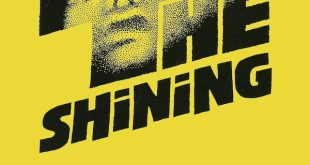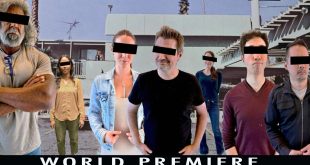Horror is a gripping genre when creators are willing to innovate for the sake of creative storytelling. Where others veer into territory that feels gimmicky, My Mother’s Eyes is able to inject a sense of dread and close discomfort into audiences with its effective use of its unique narrative device.
The success of Takeshi Kushida’s horror-thriller in festivals has already garnered the attention of Paris’ Reel Suspects to launch the film in Rome’s MIA Market.
While the psychodrama of turbulent mother-daughter relationships is not a new topic, Kushida navigates these complexities with distinctive shots, disturbing blurring of boundaries, and increasingly strange circumstances powered by medical technology.
A narrative viewed through VR and lenses
The notion of a child peering into the point of view of their hardened mother is compelling enough on its own, but Kushida plays with this perspective by adding a literal execution of the idea. In the film, well-respected cellist Hitomi and her talented daughter Eri appear to have a seemingly close relationship straining under the surface. This slowly unravels and eventually culminates in an accident that blinds Hitomi and paralyzes Eri.
From here, My Mother’s Eyes kicks into high gear with its visually jarring yet fascinating use of VR and contact lenses. Hitomi gets experimental lenses to restore her sight, which she can now link and directly transmit images to a VR headset worn by Eri. Because of the close proximity provided by these tools directly connected to the eyes, the audience can feel the discomfort and anxiety-inducing intimacy of it all. It’s complicated and chaotic, driving the contention within mother-daughter relationships to the next level through the power of horror and an almost dreamlike translation of the capability of eyewear technology.
It’s a fascinating concept that hinges on the existing utility of such devices, setting it apart from other unnerving dramas that seek to tell a similar story. A normal contact lens can correct vision and treat astigmatism but has yet to achieve the sophisticated ability to provide sight for visually impaired individuals completely. There is still a grain of truth rooted within the capabilities of the movie version in real life. Take the Biofinity Toric lens, which uses a hydrophilic lens to lock water within and manages to shift the focal length of the eye by changing how light enters the eye. In the film, this same concept is furthered to explain how lens surfaces can ultimately guarantee complete vision restoration.
Another avenue that adds to the fantastical element of the film is how Hitomi’s contact lenses even connect to Eri’s headset. That said, the true terror may lie in the fact that this isn’t too far off from becoming a reality. In South Korea, researchers have already developed tech for smart contacts that can use augmented reality (AR). Through energy-saving electrochromic (EC) displays, these contacts can potentially provide AR-based navigation for wearers by displaying real-time coordinates. VR has also steadily advanced through the years, with price points being the only real boundary between these headsets and mass consumption.
In Kushida’s world, these innovations can be the perfect utility for a mother trying to forge some connection with her daughter. Where the financial cost may not be a concern in the story, there is an altogether darker price to pay. Throughout its 94-minute runtime, there are multiple instances where you might feel the need to look away – but it forces your gaze much in the same way it has fused Hitomi and Eri’s visual existence in disconcerting ways.
Just as the film emulates the harmony and dissonance of a duo playing a cello piece in its depiction of their shared experiences, Japan’s intersection of horror and science fiction has become a dance masterfully used to create memorable and thrilling tales. No subgenre is untapped, with Cyberpunk stylings across the board revelling in the role of technology in humanity. In My Mother’s Eyes, there’s no need to travel to a distant land to see how the body and mind can be a terrifying place to dwell in, even if you use the ‘right’ tools.
 Horror News | HNN Official Site | Horror Movies,Trailers, Reviews
Horror News | HNN Official Site | Horror Movies,Trailers, Reviews






